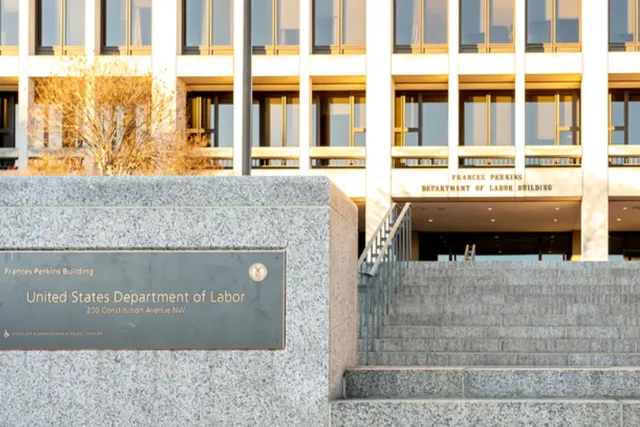
ORLANDO, Fla. — Major shifts in workplace safety rules — from heat protections to who can walk job sites during inspections — were top of mind at this week’s American Society of Safety Professionals 2025 Conference + Expo. Two experts with deep ties to OSHA unpacked how recent changes under two presidential administrations could reshape the regulatory landscape.

A centerpiece of the discussion was OSHA’s long-debated rule for protecting workers from heat-related illnesses — a proposal that faced pushback from employers last summer when it was rolled out during the Biden administration. Critics argued the standard was too vague and created burdensome requirements for acclimatization and regional adjustments.
But the story didn’t end with a change in the White House. When President Donald Trump returned for a second term, many expected the proposal to be shelved entirely. Instead, it could be revived in a revised form, according to Heather MacDougall, now a corporate safety attorney and previously Amazon’s vice president of safety.
“When Trump was elected I think I was among the first to say, ‘I think we should move forward with some rule,’” said MacDougall, who also spoke on behalf of the U.S. Chamber of Commerce during hearings about the heat plan. She noted that a performance-based approach — focusing on whether employers have workable prevention plans rather than rigid checklists — could be a more practical route under a business-friendly administration.
Jim Frederick, who was deputy assistant secretary of OSHA under Biden and now advises through NexusHSE in Washington, D.C., could not discuss details of the draft rule because of his role at the time. But he praised the level of stakeholder engagement.
He recalled that a decade ago, industry resistance to addressing heat safety was the norm. “The conversation has shifted dramatically around heat safety,” Frederick said, describing the volume of detailed feedback from employers and workers alike as “phenomenal.”
The two also tackled OSHA’s new walkaround rule, which expanded who can accompany inspectors on workplace visits. The Biden-era measure clarified that employees have the right to designate representatives — including potentially third parties — to join inspections.

Frederick said the move simply reinforced the original spirit of the Occupational Safety and Health Act. “The crux of the idea [is] that the OSH Act gives employees the right to walk around during an inspection,” he said.
But MacDougall disagreed sharply, saying the new language reaches far beyond a mere clarification. In her view, the rule infringes on employers’ rights by allowing outside parties unrelated to federal regulators onto private worksites. She pointed out that the rule is now tied up in a legal challenge in federal court in Texas, and both speakers expect a ruling soon that could determine whether it survives.
Beyond these high-profile rules, the lack of leadership at the Occupational Safety and Health Review Commission remains a growing concern. All three seats at the independent commission, which handles disputes over OSHA citations and penalties, are vacant. MacDougall, a former chair of the commission, warned this could effectively grind oversight to a halt.
“I’m concerned this is an approach to sort of let the review commission wither on the vine,” MacDougall said, noting that while Trump nominated Jon Snare to the body in March, no confirmation means there’s still no quorum to handle contested cases. As a result, cases expire after 30 days and proceed directly to appeals courts, removing a critical layer of review for employers challenging citations.
Attendees also heard about OSHA’s attempt to broaden its General Duties Clause — the legal backbone for enforcing workplace safety — to apply to entertainment and sports jobs. This shift follows a high-profile 2014 SeaWorld case that made waves when current Supreme Court Justice Brett Kavanaugh dissented, arguing the clause lacked clear authority for some hazards. Frederick noted that while the change now targets specific industries, some fear OSHA could expand it to construction and other sectors down the line.
Taken together, the conference session highlighted how OSHA’s evolving approach to heat stress, jobsite access, and enforcement authority could significantly impact employers and employees in the years ahead. With presidential priorities, court battles, and agency vacancies all in flux, the next phase for workplace safety rules is anything but settled.
Originally reported by Zachary Phillips in Construction Dive.